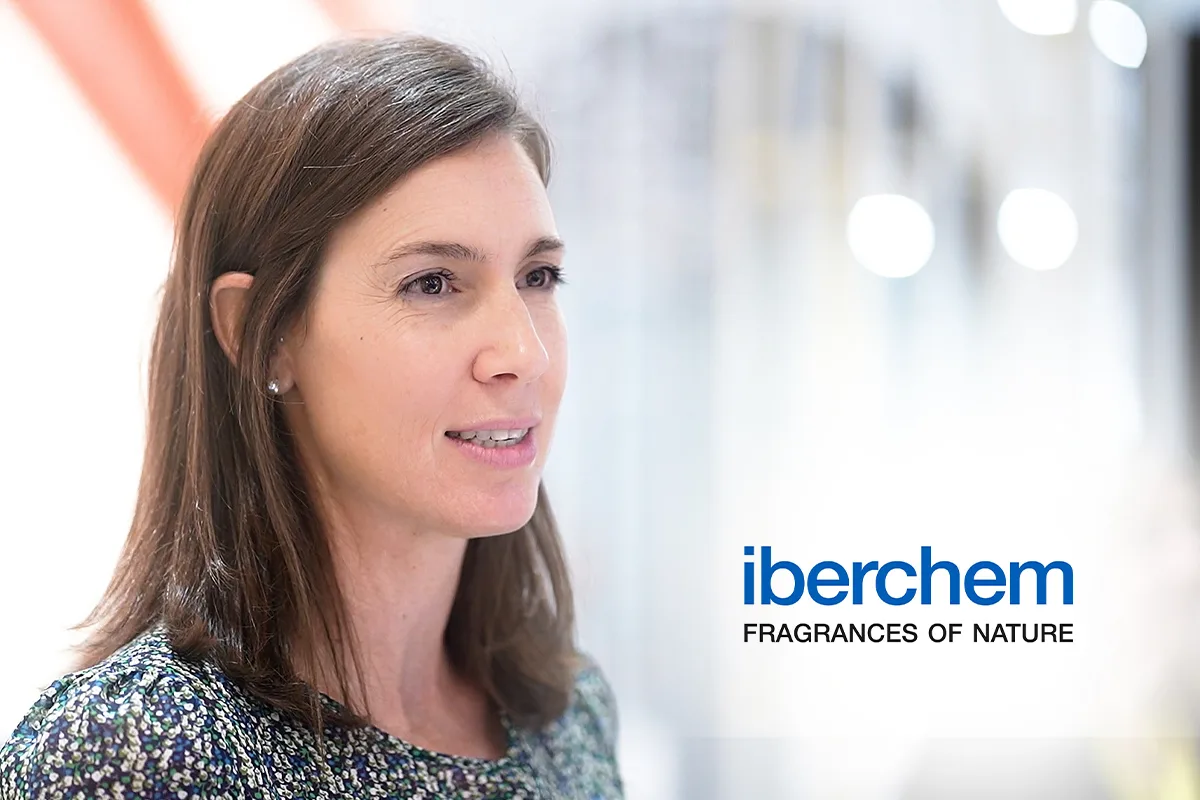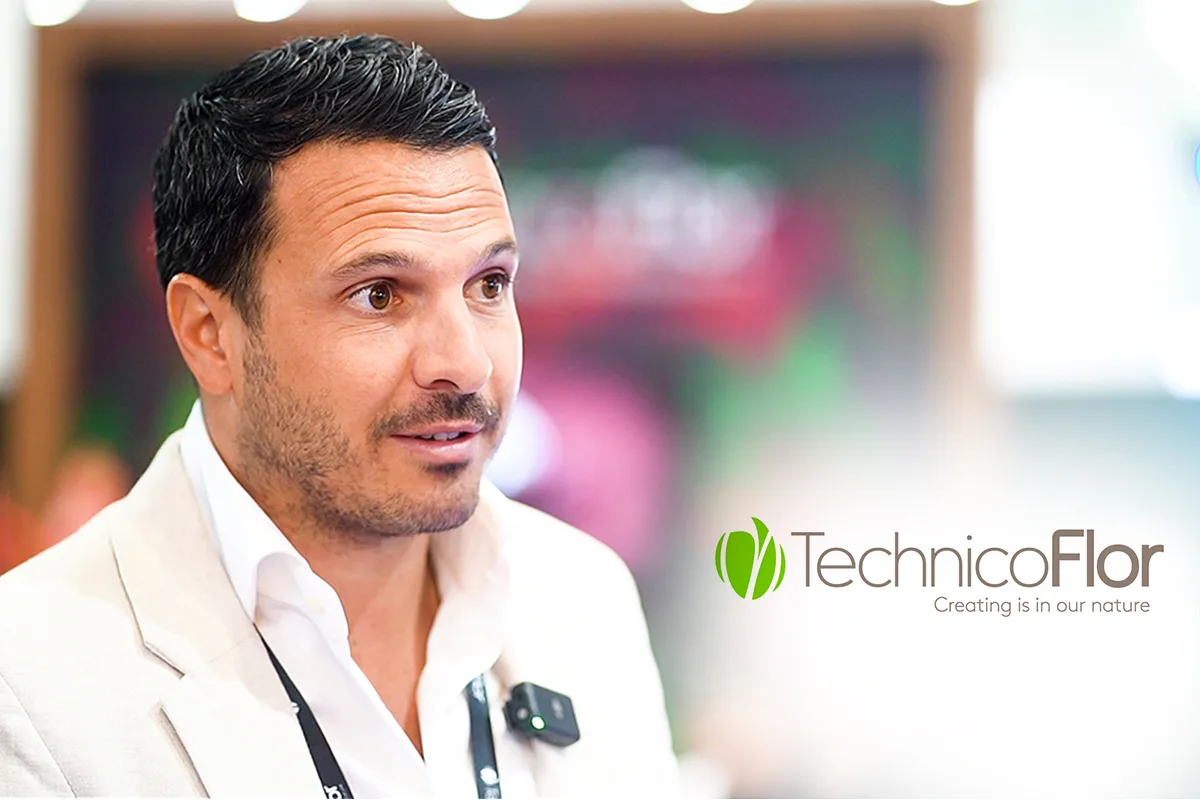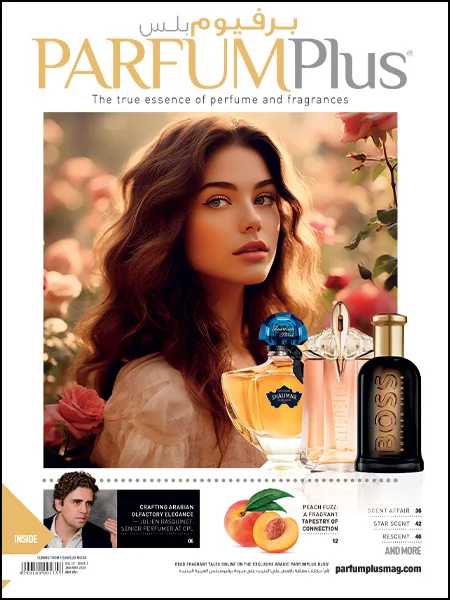A tete-a-tete with perfumer Christophe Rayaud
How did you develop your passion for fragrance?
A future as a perfumer has been an evidence since my childhood. And turning a passion for fragrance into a real job consists in a gentle metamorphosis, shaped by will, patience and tenacity.
What are your key sources of inspiration?
Everything, from an emotion, an encounter to an artistic work can be a source of inspiration. My inspiration is often driven by creative and artistic universes like design and architecture. The simplicity and beauty expressed throughout the work of Richard Neutra for example can be the start of an olfactive translation. Like design and architecture, I like using classic ingredients to shape modern and simple scented emotions.
Do you have favourite notes that you use in all of your compositions?
Although I like woody notes (and especially the ôud note) for their complexity and mystery, I never use the same ingredients in all compositions. The choice of ingredients depends on the projects and the story I would like to express.
What would you say is the secret of creating a successful fragrance?
To my opinion, a successful fragrance is one with a distinctive signature and style, that drive the desire to wear it. A fragrance whose trail is strong enough to be easily recognizable.
In terms of fragrance, is there a Lancôme signature?
Lancôme embodies femininity which is often translated with the rose ingredient, which is the signature of Lancôme. Each fragrance tells a story and has been designed to reveal a specific facet of a woman. Lancôme fragrances are very often built around specific ingredients which are aimed to achieve the typical French je ne sais quoi.
L’AUTRE ÔUD
Could you tell us a bit more about the creative development of this fragrance?
I wanted L’Autre Ôud to evoke a journey to the orient. Its opulent scent is built around the reinterpretation of a precious ingredient: ôud, symbol for luxury and refinement. I wanted to shape it in its simplest way in order to make it essentially elegant.
Could you describe the fragrance? What makes it unique?
Reinventing the sheer power and vibrancy of this wood is a stunning feat of style. To achieve it, a perfect synergy of over 17 preciously selected ingredients had to be crafted. A secret alchemy almost impossible to fathom… Lancôme has featured the rose, the queen of flowers and the Maison’s eternal brand emblem, in all its olfactory creations since 1935. In L’Autre Ôud, an accord composed of Bulgarian and Turkish rose Absolutes bathes the fragrance in voluptuous, sensual luminosity.
And finally all combined with intriguing, spiced top notes thanks to a Saffron Pistil accord.
What makes ôud so precious in the eyes of perfume-makers?
Ôud is an emblematic ingredient sending you on a journey to the orient and evoking refinement and luxury. Today, ôud is very popular in the Gulf region. In Saudi Arabia, Qatar and Oman, both male and female consumers take delight in this rare material which is as highly prized as gold.
How would you define Haute parfumerie versus traditional perfumery? Do you feel that working in the realm of Haute parfumerie gave you greater freedom and the opportunity to leave your own “fingerprint”?
Haute parfumerie offers a wider scope to express its creativity. It enlarges possibilities to create a more distinctive fragrance thanks to a wider choice of noble ingredients. It gives the opportunity to feel free to develop new ideas.
How long did you spend working on this project?
It took several months; the best ideas always need time to be fine-tuned.
Does L’Autre Ôud have anything in common with previous fragrances by Lancôme? How does the fragrance link in with its heritage?
As the rose ingredient is still kind of the underlying theme of Lancôme fragrances, I wanted to link L’Autre Ôud with its heritage by associating the Bulgarian and Turkish rose to the composition. And of course, L’Autre Ôud is another way of expressing the elegancy that Lancôme embodies at its best.





